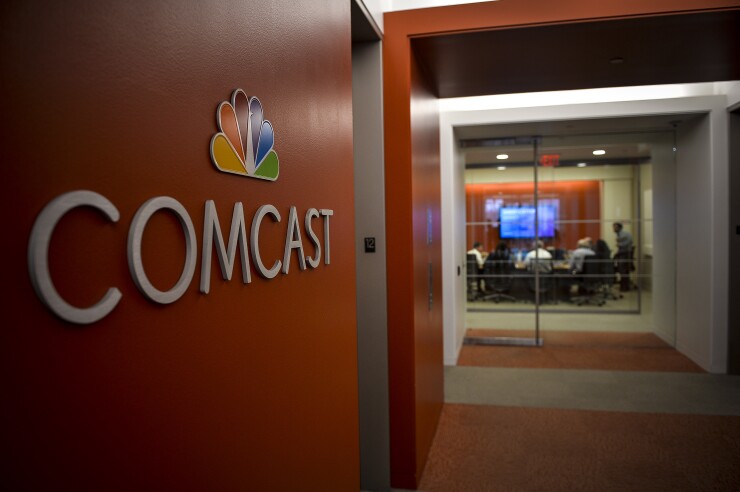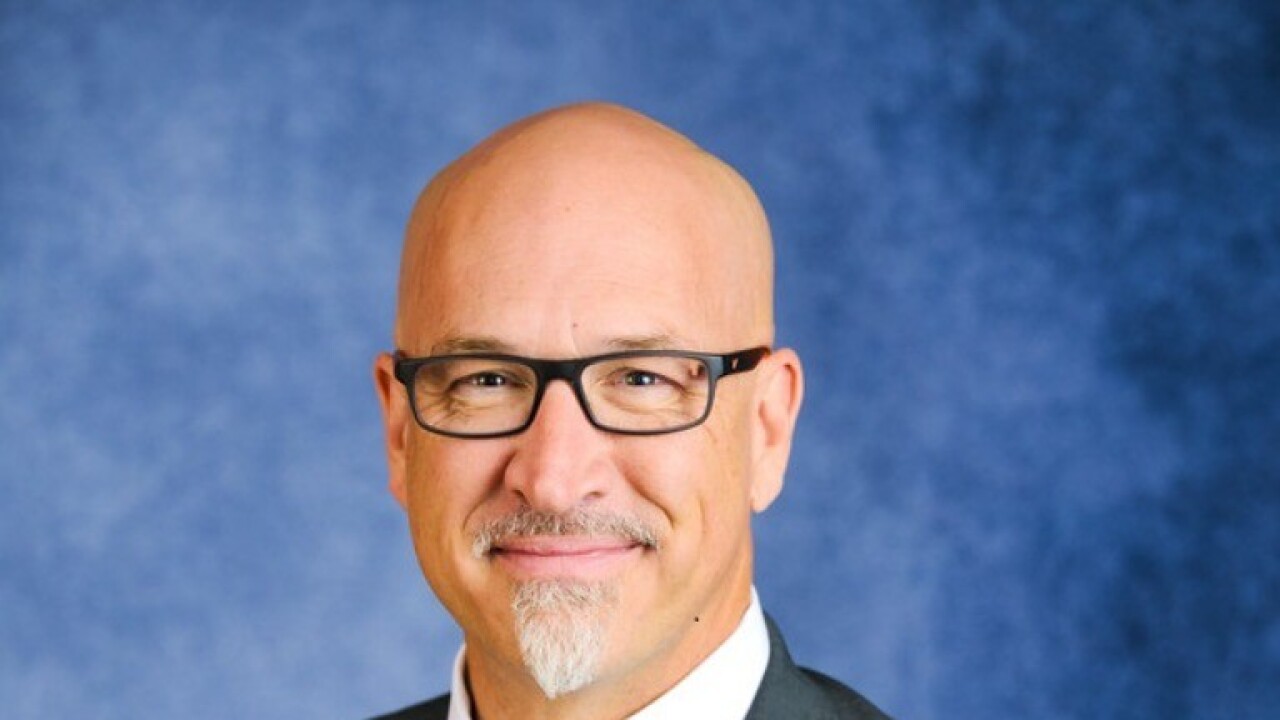LAS VEGAS — Comcast may be best known for NBC and cable TV, but it is also spending a lot of time figuring out how to tackle employee credit card debt, student loans and barriers to creating an emergency savings fund.
The cable giant is the latest employer to cut out the middleman when it comes to helping employees by taking a direct route to easing its workers’ financial stress.
“It was a really challenging issue,” says Shawn Leavitt, senior vice president of total rewards at Comcast. “How do we make employees’ money go further, and how do we make them less stressed, not just during the workweek but at home on the weekends?”
The company looked for a financial wellness platform that would help its workers manage expenses, save money and pay off loans, Leavitt says, but it came up short on finding meaningful solutions. That’s when it turned to its venture capital arm, Comcast Ventures, to look into creating its own platform.

The result was Brightside, which officially launched Monday at the HLTH conference in Las Vegas. The new platform has secured $4 million in seed funding from Comcast Ventures and Trinity Ventures, the company announced, and it is now looking to win over more employers looking to ease financial stress through a combination of human and technological help. Brightside also announced Tom Spann, founder and vice chair of connected healthcare company Accolade, as CEO of the new company.
It’s the first financial wellness solution aimed specifically at employers, the company said in an interview Monday.
“The point solutions that are popping up for [financial wellness] … if employers wanted to embrace this, they would end up with 20 vendors and they wouldn’t be able to manage them,” said Christine Tozzi, chief strategy officer and co-founder of Brightside. “But with Brightside, we manage all these point solutions that are needed, and we customize them for the employees. This is a new benefit that we expect employers to adopt so that they can help employees more holistically than they’ve been able to in the past.”
Brightside aims to offer support for each employee’s unique financial situation with a mobile app and financial assistants, both backed by a proprietary financial methodology, along with modern behavioral science and easy access to a lineup of financial products curated personally to save them money.
Introduced to some of Comcast’s 160,000 employees a month ago, the platform still is in the process of being rolled out to other employees across the nation, says Michael Yang, managing director at Comcast Ventures. But early indications are strong. Though he declined to say how many employees have signed up, he said engagement is two times what Comcast’s benefits team expected.
“We’ve saved people thousands of dollars on credit card interest with refinancing; we’ve helped people think about student loans; and helped them build an emergency savings account such that if their taillight goes out, they don’t need a loan for that,” added Callum King, an executive and co-founder of Brightside, noting that the product is free for Comcast employees. “Having a champion by your side for that can massively reduce financial stress, which has a major effect on employees and their families. That stress is just a massive productivity killer.”
Now Brightside’s sights are sets on acquiring more employer customers.
Selling employers on the importance of financial wellness shouldn’t be a tough one: According to PwC, financial stress is a leading cause of lost productivity in the workplace. But while financial wellness has become a popular buzzword for companies, efforts have been limited — often to phone call counseling, which is not popular among employees, says Tozzi — and the concept has largely been ignored as companies focus on long-term financial planning rather than addressing employees’ day-to-day money concerns — often their biggest pain point.
“Employers have been relatively absent from this concept of financial wellness,” Tozzi said. “They’ve been focused on retirement, but they don’t know what people have in terms of student loan and credit card debt.”
The magnitude of employees’ financial limitations — nearly half of Americans don’t have enough cash available to cover a $400 emergency, according to the Federal Reserve — is why financial wellness should be the next big employer focus, Spann says. And it’s why he expects Brightside to take off.
“People are getting bombarded by many messages about [what they need to be doing in terms of savings and money], but a lot of it isn’t personalized to individuals,” he says. “We need to create one place to go for people’s financial health; we need to help navigate them; and we need it to do with human beings powered by amazing technology. We’re addressing a big, big problem that we expect will change a lot of lives.”





